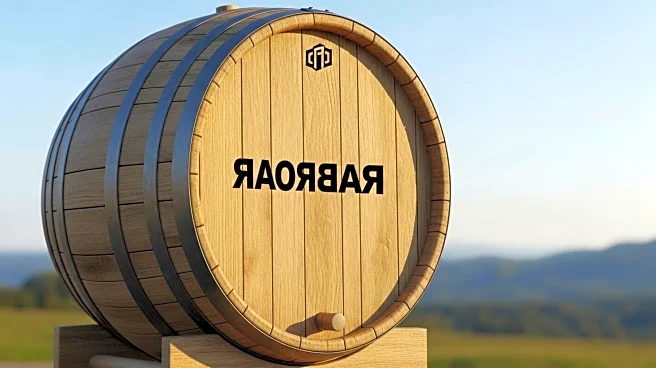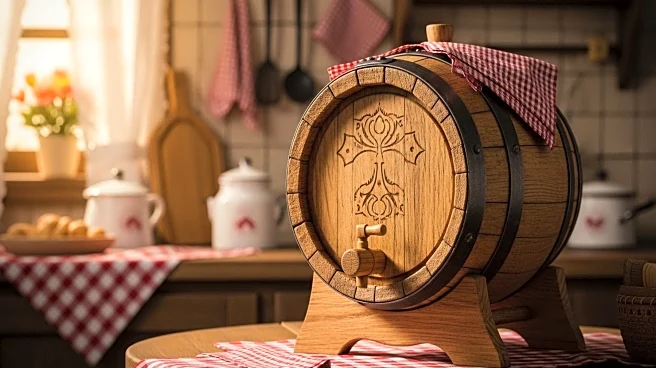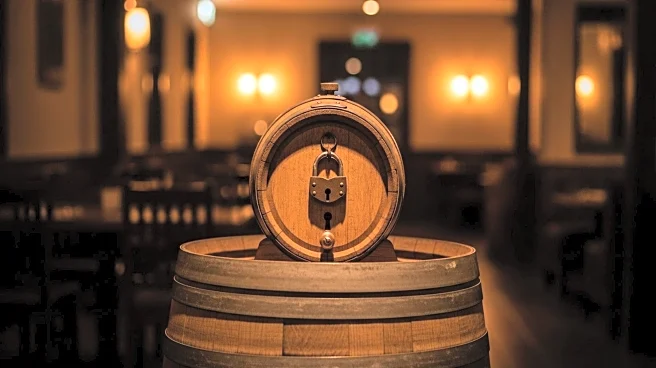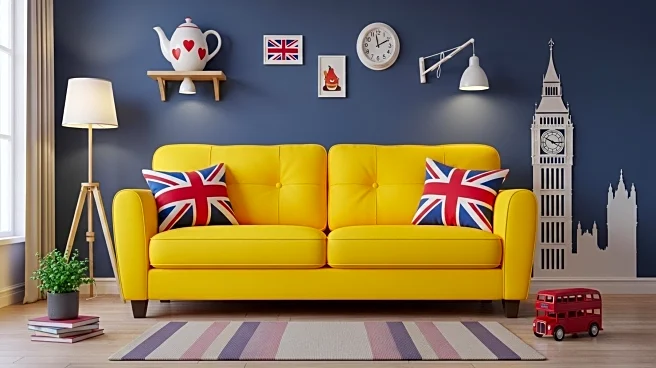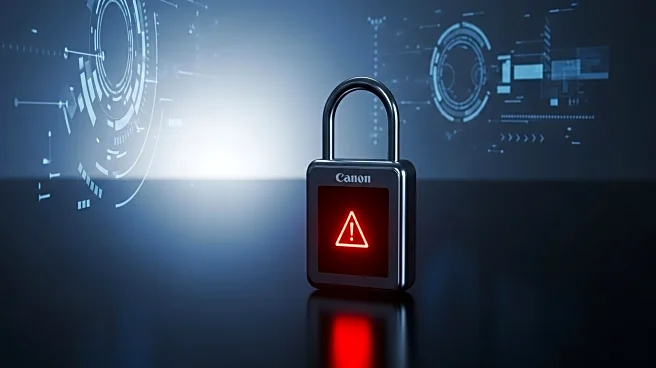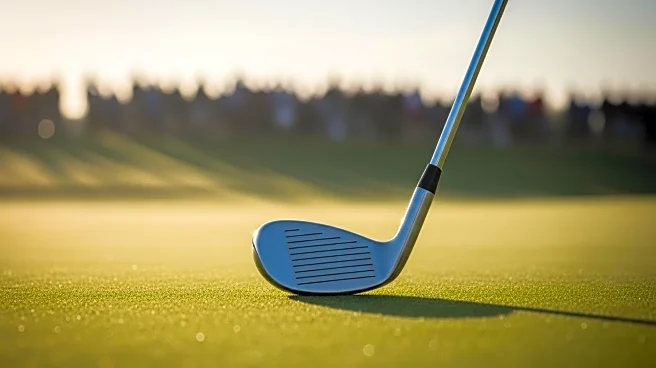What's Happening?
Cracker Barrel recently reversed its logo redesign using a billboard mockup shared on social media, emphasizing the power of out-of-home (OOH) advertising. The company chose to display its 'Old Timer' logo on a billboard, a move that underscored the credibility and clarity associated with OOH advertising. This decision was not just a creative choice but a strategic one, as Cracker Barrel's chief marketing officer, Sarah Moore, highlighted the importance of OOH in the brand's identity during the OAAA's 2025 OOH Media Conference. The billboard served as a megaphone, projecting authenticity and trust at a time when consumers are increasingly skeptical of brand messaging.
Why It's Important?
The use of OOH advertising by Cracker Barrel demonstrates its enduring strength in the marketing mix. OOH advertising has a massive reach and high-value CPMs, delivering higher ad recall than other media formats such as TV, print, and online ads. Recent studies show that 90% of US adults noticed an OOH ad in the past month, and nearly 80% engaged with one in the past 60 days. This physical-to-digital crossover is why major brands like McDonald's and Apple rely on billboards to anchor their campaigns. Cracker Barrel's choice to use OOH highlights its ability to amplify brand messaging across platforms, proving its effectiveness in today's fragmented media landscape.
What's Next?
Cracker Barrel's decision to revert to its original logo using OOH advertising may prompt other brands to reconsider their media strategies. As OOH continues to demonstrate its effectiveness in delivering clear and credible messaging, more companies might integrate it into their omnichannel marketing efforts. This could lead to increased investment in OOH advertising, further enhancing its role in the media mix. Brands may also explore innovative ways to leverage OOH's physical presence to boost digital engagement and campaign effectiveness.
Beyond the Headlines
The strategic use of OOH by Cracker Barrel highlights broader implications for the advertising industry. It underscores the importance of physical advertising in building trust and authenticity, especially in an era where digital media can sometimes lack these qualities. The move also reflects a shift towards integrating traditional advertising methods with digital platforms to maximize reach and impact. This trend could lead to a reevaluation of advertising budgets, with more emphasis on OOH as a foundational element in brand communication strategies.
